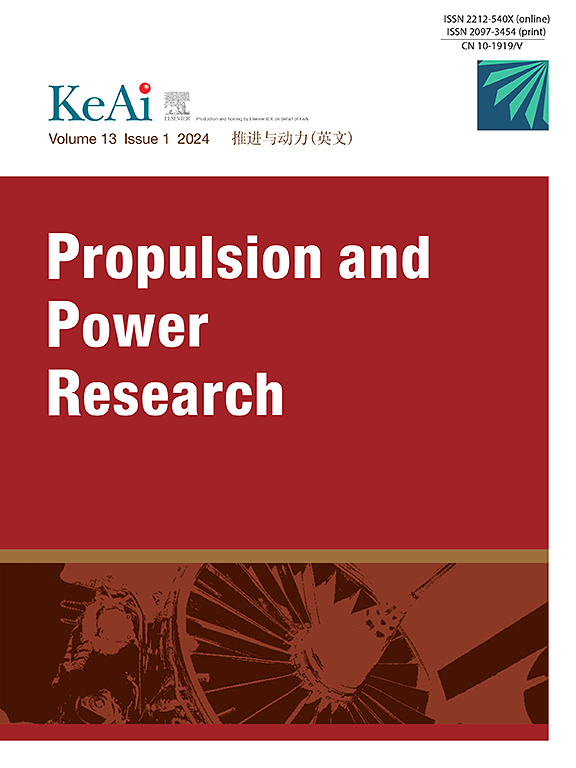MHD triple diffusion due to the impulsive flow of micropolar nanofluids around a cone: Mangler's transformations and ANN analyses
IF 5.4
2区 工程技术
Q1 ENGINEERING, AEROSPACE
引用次数: 0
Abstract
An implicit finite difference (FD) and artificial neural network (ANN) techniques are applied to study the triple diffusion and non-linear mixed convection flow around a vertical cone. The forced flow is due to an impulsive motion of a micropolar nanofluid while the buoyancy-driven flow is obtained using the quadratic form of Boussinesq approximation. Two governing equations are introduced for the species concentrations; those include non-linear chemical reactions. It is focused on the cases of the weak concentration of microelements, opposing and assisting flow, and the roles of the magnetic field, viscous dissipation, and convective boundary conditions are examined. The solution methodology is based on Mangler's transformations. At the same time, the effective ANN is used to predict some important physical quantities such as heat transfer rate against some key factors such as Biot number, Eckert number, and magnetic coefficient. Remarkably, the flow rate in the assisting flow is up to 0.95% higher than in the opposing flow. Across all cases, an increase in the vortex parameter () enhances fluid friction near the cone surface by 63.1%. These findings are particularly relevant for industrial applications involving heat and mass transfer in nanofluid systems, such as microreactors, biomedical engineering, and thermal energy storage.
微极性纳米流体在圆锥体周围的脉冲流动引起的MHD三重扩散:Mangler变换和人工神经网络分析
采用隐式有限差分(FD)和人工神经网络(ANN)技术研究了绕垂直锥体的三重扩散和非线性混合对流流动。强迫流动是由于微极纳米流体的脉冲运动引起的,而浮力驱动的流动是使用二次形式的Boussinesq近似得到的。引入了两个物种浓度的控制方程;其中包括非线性化学反应。重点讨论了微量元素弱浓度、反流和助流的情况,考察了磁场、粘性耗散和对流边界条件的作用。解决方法是基于Mangler的转换。同时,利用有效的人工神经网络,结合Biot数、Eckert数、磁系数等关键因素,对传热速率等重要物理量进行预测。值得注意的是,辅助流的流量比相反流的流量高0.95%。在所有情况下,涡流参数(K=0.1 - 1.2)的增加使锥体表面附近的流体摩擦增加63.1%。这些发现特别适用于纳米流体系统中涉及热传质的工业应用,如微反应器、生物医学工程和热能储存。
本文章由计算机程序翻译,如有差异,请以英文原文为准。
求助全文
约1分钟内获得全文
求助全文
来源期刊

Propulsion and Power Research
Multiple-
CiteScore
7.50
自引率
5.70%
发文量
30
期刊介绍:
Propulsion and Power Research is a peer reviewed scientific journal in English established in 2012. The Journals publishes high quality original research articles and general reviews in fundamental research aspects of aeronautics/astronautics propulsion and power engineering, including, but not limited to, system, fluid mechanics, heat transfer, combustion, vibration and acoustics, solid mechanics and dynamics, control and so on. The journal serves as a platform for academic exchange by experts, scholars and researchers in these fields.
 求助内容:
求助内容: 应助结果提醒方式:
应助结果提醒方式:


